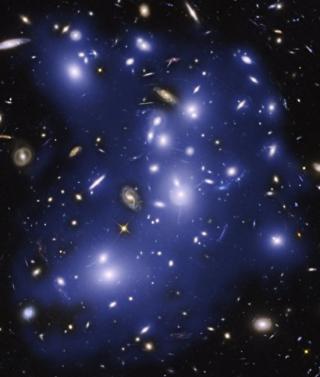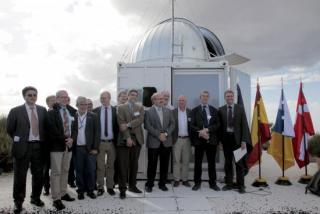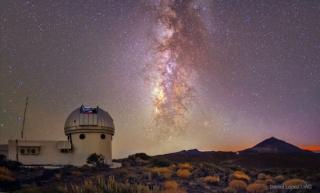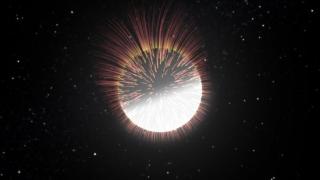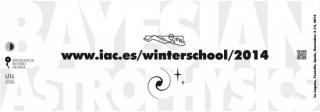
Monday sees the start of the XXVI IAC Winter School, which will deal with the applications of probability theory to astrophysics
Advertised on
This section includes scientific and technological news from the IAC and its Observatories, as well as press releases on scientific and technological results, astronomical events, educational projects, outreach activities and institutional events.

